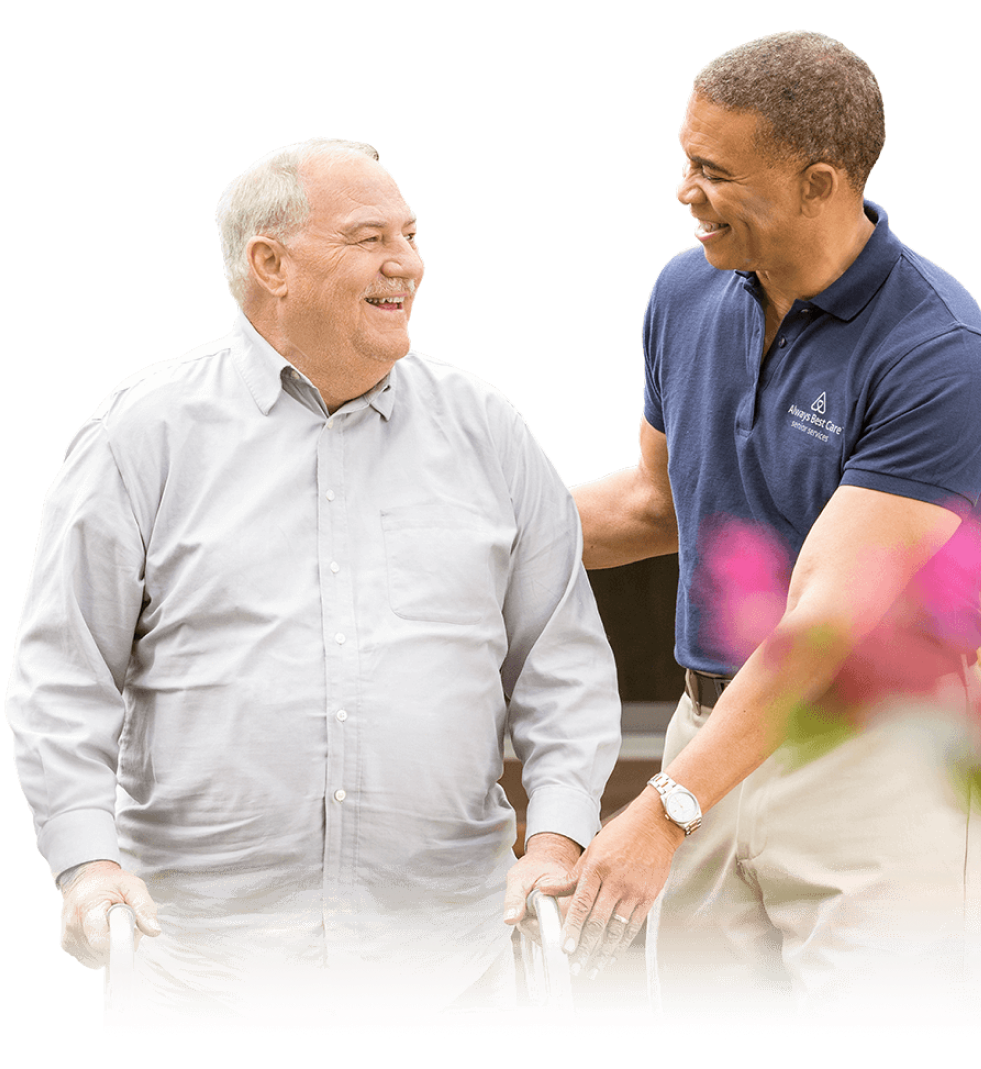The city of Durham, North Carolina, which barred a church advertisement from appearing on city buses, withdrew its ban after the church sent a demand letter claiming First Amendment violations.
New Life Christian Center had been advertising its ministry on Durham’s city buses since 2007 and had been using an annual advertisement deal since 2021 to do so.
However, in August the church was informed through a phone call that the content of their advertisement violated Durham’s advertising policy due its religious nature. The ad had the church’s name, website address and phone number inscribed on it, as well as an image of its two pastors.
Durham’s advertising policy states that GoDurham, the city’s public transit system, will not accept advertising that is “religious in nature, including promoting or opposing religious organizations, beliefs or practices.”
In October, the law firm First Liberty Institute sent a demand letter to the city on the church’s behalf, arguing that the rule violates the Free Speech and Free Exercise clauses of the First Amendment and the ban constitutes viewpoint discrimination.
“The City’s Transit Advertising Policy expressly permits non-profit organizations to advertise on City buses on a wide variety of subjects,” the letter states, “including health and safety, ‘personal well-being,’ education and training, children’s and family services, and charitable contribution campaigns but prohibits any religious viewpoint on these same issues … The Advertising Policy thus effectuates blatant viewpoint discrimination against our client’s religious viewpoint.”
The church ministers to Durham through its Sunday services, child development center, classes and fellowship groups, such as marriage classes, a teen ministry, men’s ministry and a singles’ ministry. The church also offers elementary education at Southpoint Academy.
The letter also claims that the policy is so vague as to be unreasonable, as the city never enforced the law during the 18 years the church had promoted its ministries. The letter refers to a 2024 ruling in which the U.S. Court of Appeals for the 11th Circuit sided with an Orthodox Jewish synagogue in Tampa, Florida. The group was barred from advertising a celebration within a bus route due to its religious nature. The court ruled that the ban violated the First Amendment because it was arbitrary and unreasonable.
“Like the religious advertising ban found unconstitutional in Young Israel,” the letter states, “the City’s policy here ‘fails to define key terms, lacks any official guidance, and vests too much discretion in those charged with its application.’”
On Dec. 11, First Liberty Institute announced in a press release that the city had relented by withdrawing its rejection and allowing the church to continue using the buses to advertise their church services.
“The First Amendment grants all Americans the right to express their point of view, religious or secular,” said First Liberty Senior Counsel Ryan Gardner. “Rejecting a faith-based advertising banner yet accepting other secular ads is clearly hypocritical, discriminatory, and illegal. We are thankful the City reversed course and will allow New Life Christian Center to run its advertisement.”

 919-554-2223
919-554-2223




 Service Areas
Service Areas























